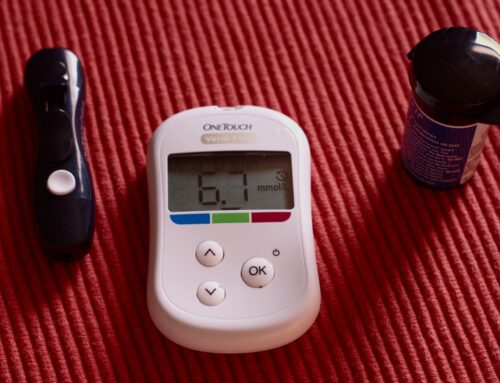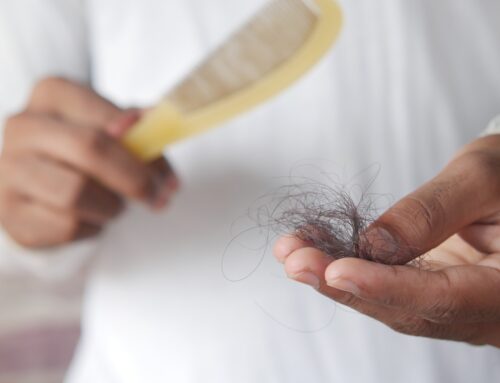Suddenly, the use of facemasks has become a hot topic thanks to the spread of coronavirus.
In some countries, such as Spain, there has been controversy as health authorities have tried to tell the public they don’t need and shouldn’t use masks unless they are sick. However, this is not in agreement with scientific consensus on the subject.
Indeed, epidemiologists have clarified that not all masks are alike: some are designed to prevent the spread of infection from its user outward, and others are designed so that the wearer does not inhale virus or bacterial particles.
In general terms, the typical surgical masks are NOT considered to be good protection for users who are hoping to avoid inhaling a virus particle. Instead, those are masks designed for medical workers to limit the possible pathogens that they might exhale. They are not hermetic and you may breathe in particles on the sides and bottom of the mask. They are, however, more effective in preventing a sick person from spreading as many germs (though not all).
Masks of the N95 type do however protect the user who wears them from inhaling virus and bacterial particles when used properly. If used correctly, they can filter as much as 97% of viruses and bacteria, according to studies.
Thus, when buying a mask it is important to look at what kind of mask it is, as not all masks offer the same kind of protection.
The WHO gives tips on when and how to wear a mask
Masks are only effective if combined with frequent hand washing with a hydroalcoholic solution or soap and water.
The World Health Organization (WHO) has given a number of recommendations when using a mask to deal with coVID-19 coronavirus.
First, it’s important to be aware of when to put on a mask. In this regard, the WHO says that if a person is healthy he only needs to wear a mask if he or she cares for someone suspected of infection. It is also advisable to wear a mask in case you have coughing or sneezing.
Again, the WHO reminds that masks are only effective if combined with frequent hand washing with a hydroalcoholic solution (hand sanitizer) or soap and water.
Therefore, in case you need to wear a mask it is essential to learn how to use it and remove it correctly.
Proper use
The correct steps to take to put on, use, remove, and discard a mask are as follows, according to WHO:
1.- Before putting on a mask, wash your hands with an alcohol-based disinfectant or soap and water.
2.- Cover your mouth and nose with the mask and make sure there are no gaps between your face and mask.
3.- Avoid touching the mask while wearing it; If you do, wash your hands with an alcohol-based disinfectant or soap and water.
4.- Change mask as soon as it is wet and do not reuse single-use masks.
5.- To remove the mask: remove it from behind (do not touch the front of the mask); dispose of it immediately in a closed container; wash your hands with an alcohol-based disinfectant or soap and water.





